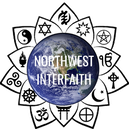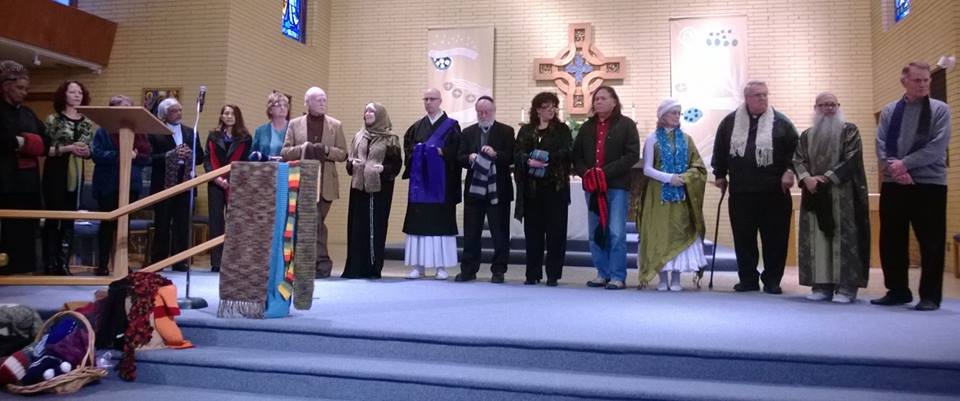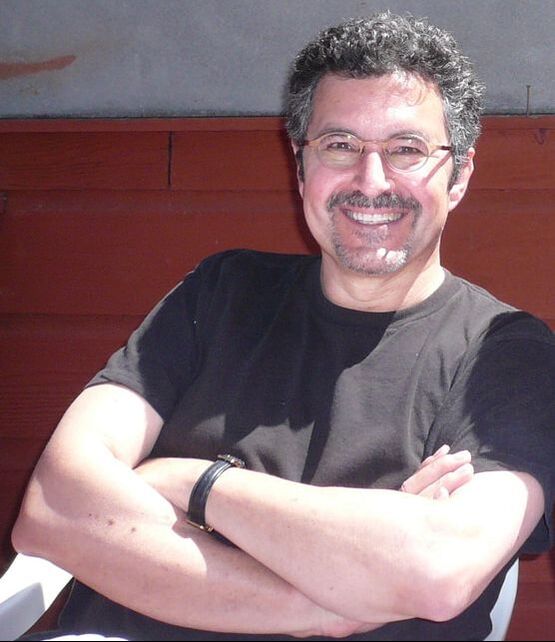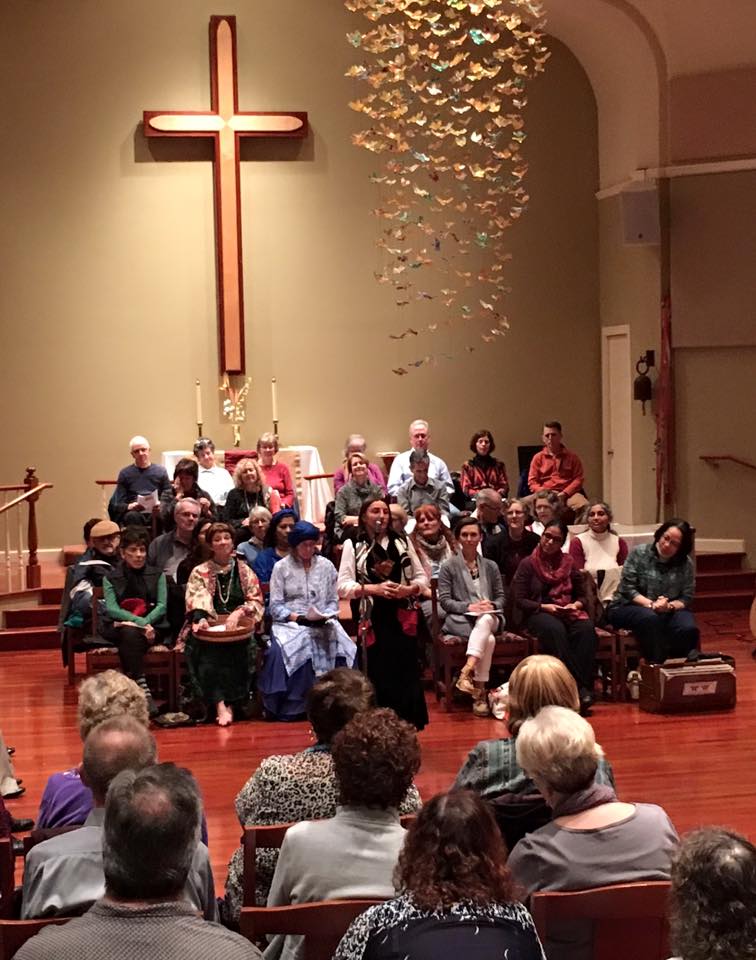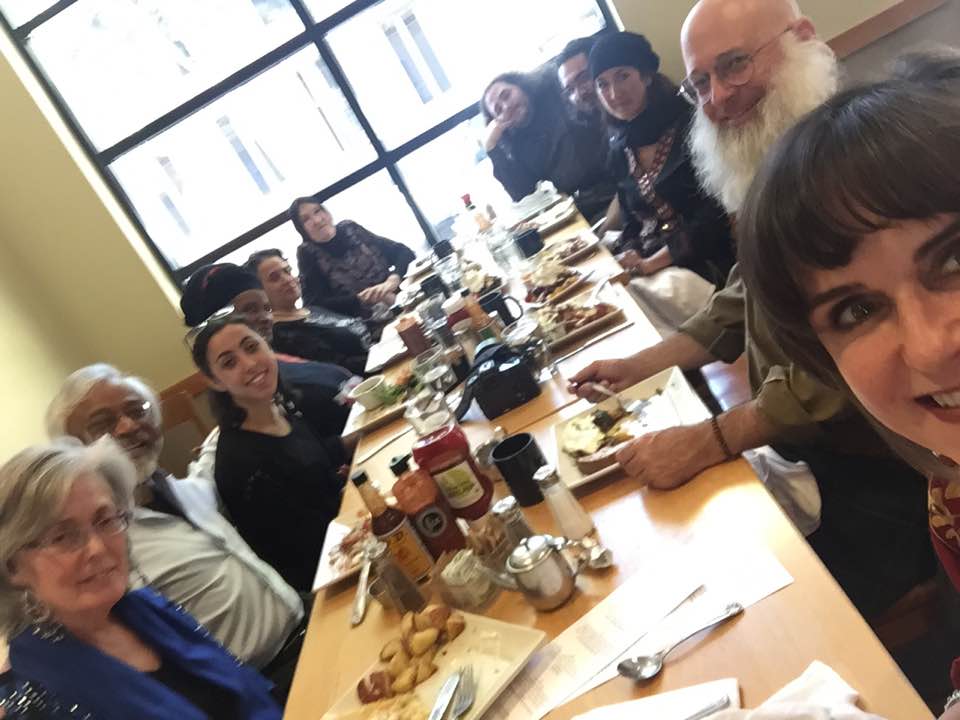In 2017, the Northwest Interfaith Council re-emerged as a response to the intolerance of the Trump Administration, as reported by the Northwest Dharma Association Details Here
How Interfaith Activities Got Their Start in the Seattle Area:
|
In the beginning it was a challenge just to sit together. The Israeli-Palestinian conflict divided the Jewish and Muslim delegates, and to a lesser degree Jewish from the Christian delegates; LDS had to be admitted separately from Christians even though they saw themselves as a Christian church; and Muslims considered the Hindus as worshipping idols.
Eventually we learned to accept one another by setting aside our differences but more significantly by getting to know one another as fellow human beings. Another issue that arose almost immediately was the admittance of additional faiths. The admittance of Wicca was without a doubt the most controversial but, as was pointed out in the discussion, if certain faiths were allowed to pass judgment on the validity of other faiths, who would be left on the Council. In the end, we adopted some criteria—non-profit status, length of time in existence, being two of them—that we used to screen potential members.
Although we were very successful in producing interfaith celebrations and educational programs, we foundered on the issue of engagement with some faiths advocating for social activism while others were resolutely non-political. When the war in Bosnia resulted in a significant Bosnian refugee problem, some wanted to send relief to the refugees but others stymied this effort because they saw it as one-sided partisanship. (They said we should also support Serbian refugees but there were none to speak of.) On other issues, such as assisting the homeless during winter, we were able to come to consensus. After my term in office I moved on to other activities and ICOW continued on for many years before morphing into The Interfaith Network or “TIN”, which also persevered for many years before merging with NICO (Northwest Interfaith Community Outreach) to become Northwest Interfaith.
|
